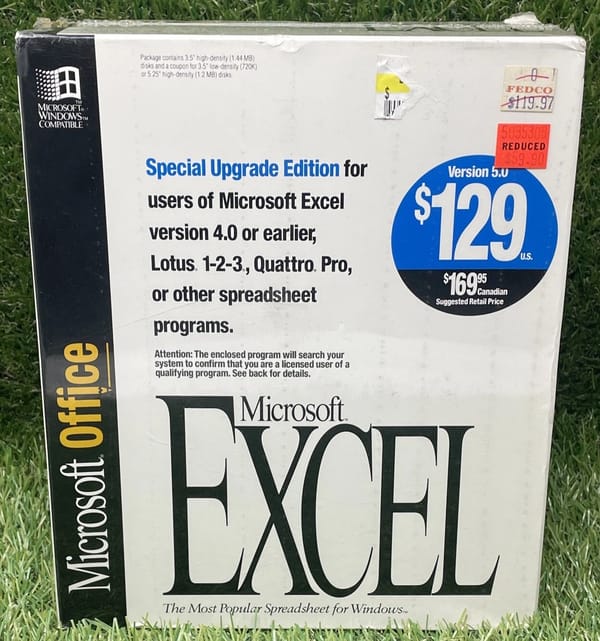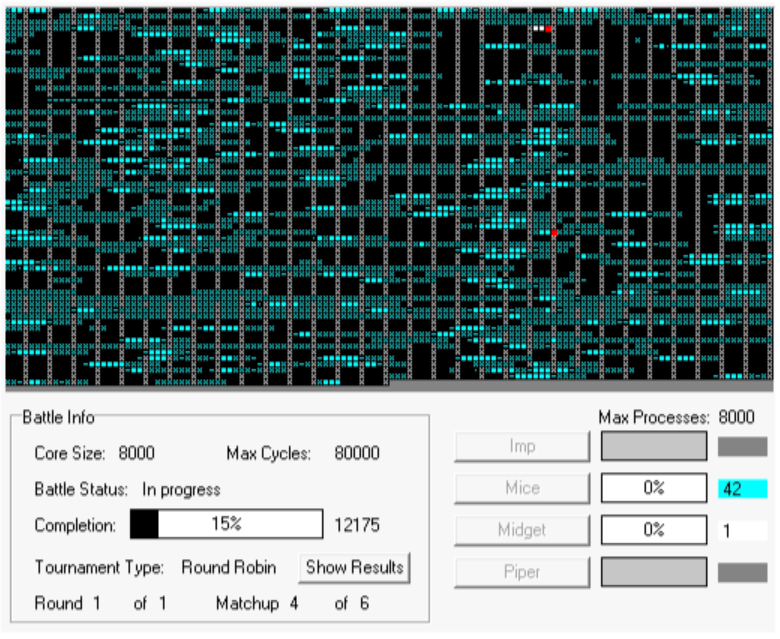
regular expressions
We Don’t Use Software That Costs Money Here
Whenever the regular expression topic comes up, I unashamedly recommend the best tool on the market for parsing and building regular expressions – RegexBuddy. But there’s one tiny problem. RegexBuddy costs money. I’ve always encountered vague resistance when recommending commercial tools that I considered best of breed. The source







